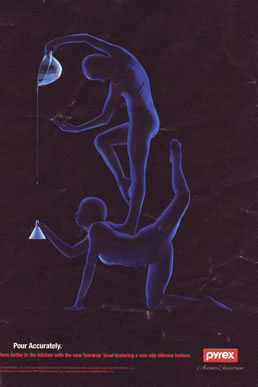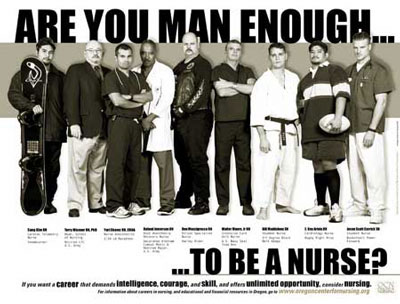Orion submitted this gorgeous music video for the song, Tightrope, by Janelle Monae, featuring Big Boi. It’s a great example of how dancing doesn’t have to be sexualized or gendered by movement or attire. It’s just creative and interesting and mesmerizing!
On a completely different note: Any dance historians out there? To me this looks to be inspired by the adaptations of Charleston in Black America (Trankey Doo, Shim Sham, etc), like in this clip featuring Al Minns and Leon James (it’s filmed in 1961, but these dances emerged in the ’30s and ’40s):
I’d love to hear more about the evolution of this kind of movement.
UPDATE! Thank you so much to our Reader, Anna, who is also a dance scholar and was able to give us some history in the comments thread:
Dance scholar here! I really enjoyed the dancing in the Janelle video. It should be read as an homage to rhythm dancing of African-descent from the 1920s through new Jack Swing (kidding, not sure there is a cut off date). The historical footage is in fact cited in Janelle’s video and as one poster pointed out, the dancing in her video is stylized as if it were being done on a tight rope… In my opinion (cause other scholars might see different things based on their training) her dance has some Camel Walkin’ mixed in with some dancehall hip articulation and a big dose of James brown, to be sure.
As for the claim that you cannot get from Al Minns and Leon James to 2010, that is shortsighted, very short! We get James and poppin and lockin and jazz itself from a peculiar mix of Bambara ethnic dances (modern-day Senegal, The Gambia, & Mali) and dance cultures of the people of the Kongo region (Angola, DRC, Congo among others) that intersected in New Orleans during the slaving period. You can also add in there “shipping music,” hybridized forms of music that emerged on slave ships with their transnational crews drawn from Europe, Africa, and the Mediterranean.
The hips and 6/8 syncopated shenanigans come to us from Kongo culture (but the Irish had some there, too). The Charleston, jitterbug and other high kicking dances come from the Senegal region and still reflected patterns from mandjiani in particular. Origins are always tricky, I try to avoid staking big claims based on them, but this conversation string was peculiar in that discussions of ethnic origin were not possible because race and gender were eliding the historical work done in Jenelle’s video. Yes I know the question was about gendered movement. And like a lot of the other folks, I am wondering while a male normative is held as neutral.
That said, from a dance perspective, the moves in Janelle’s video are without gender assignment, but there is an expectation that one’s gendered identity will be, must be expressed through the execution of the moves. That is the evolution of these forms which still have strong gender-based repertoire in Senegal. The Congo, people tend to do the same moves. The men MOVE their hips. It is de rigeur in pop as well as “traditional” dance music.
The last bit of the two guys dancing together was a comedy routine, a send up of a very famous dance riff from a couple in Harlem. I think that original “duet” appears in “Stormy Weather,” but I am not sure.
Thank you for putting up the two videos!
Thank YOU for your insight Anna!
Lisa Wade, PhD is an Associate Professor at Tulane University. She is the author of American Hookup, a book about college sexual culture; a textbook about gender; and a forthcoming introductory text: Terrible Magnificent Sociology. You can follow her on Twitter and Instagram.









